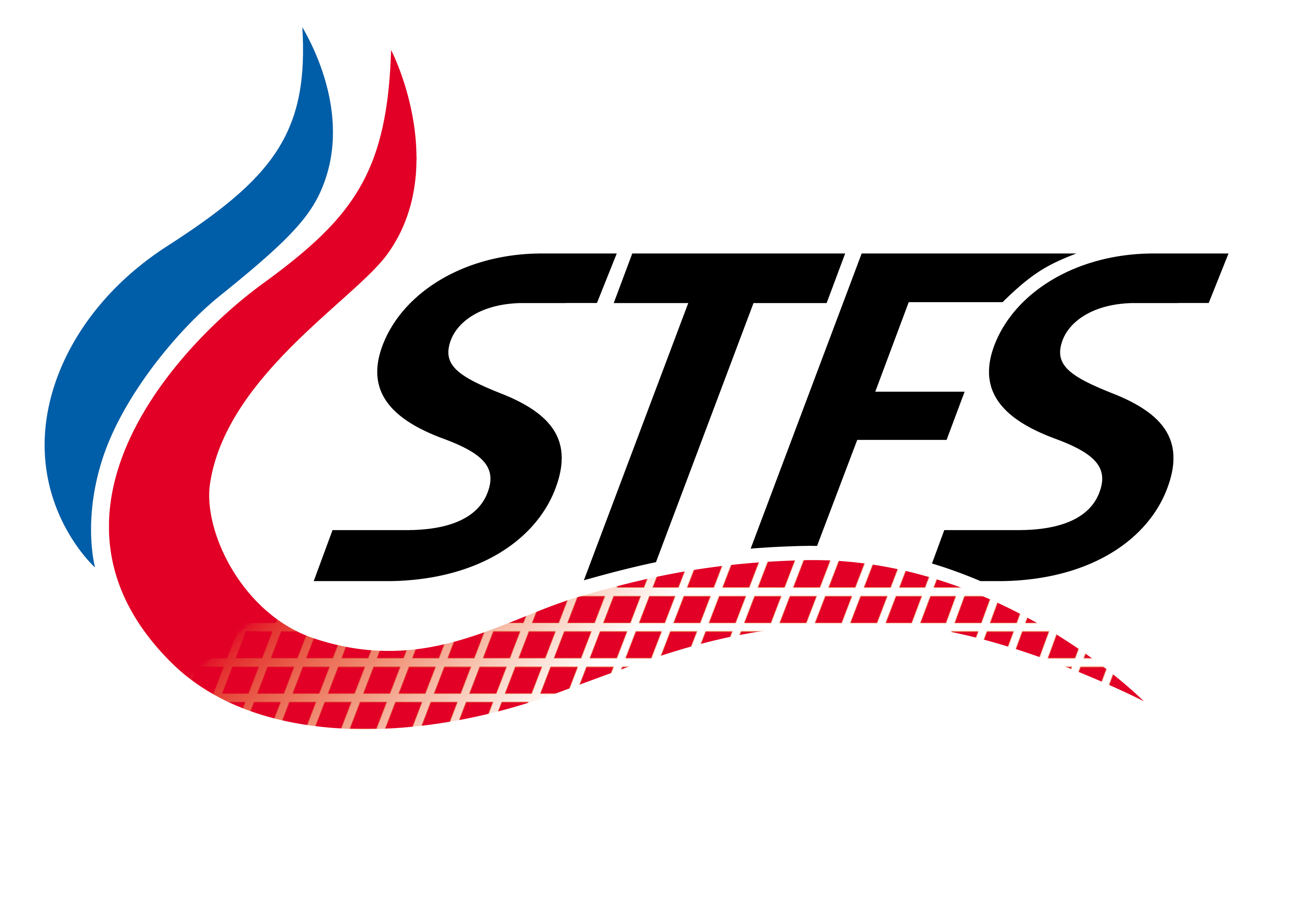Towards dual fuel combustion of sustainable aviation fuels and hydrogen for aero engines
An important pathway for future climate-friendly aviation
2023/12/29 by STFS

We are pleased to report that our latest paper on dual fuel combustion, i.e. combustion of sustainable aviation fuels (SAFs) and hydrogen, has been published in the International Journal of Hydrogen Energy.
This result has been obtained in the European project Cavendish (Consortium for the AdVent of aero-Engine Demonstration and aircraft Integration Strategy with Hydrogen)
What have we done?
We studied the combustion of different blends of hydrogen and n-dodecane (as a surrogate for SAF) in a multi-slit geometry to understand the fundamental changes in the flame structure.
What did we find in short?
We could demonstrate that introducing hydrogen at concentrations exceeding 60 % by volume significantly enhances flame stabilization by bringing the flame closer to the flame holder, potentially expanding flame stabilization boundaries.
If you want to know more details:
The stabilization of the hydrogen reaction zone facilitates the combustion of n-dodecane on the unburnt side of the hydrogen source term through heat diffusion. Overall, hydrogen addition affects flame stabilization when its volume fraction in the fuel exceeds 60%. Three distinct regimes can be delineated within the fuel blending parameter space:
(1) For alpha ≤ 0.6, Le > 1 effects dominate the flame structure at the flame base and tip,
(2) for 0.6 < alpha < 1, at the flame base Le < 1 effects dominate while at the flame tip Le > 1 manifest,
(3) when alpha equals 1, both the flame base and tip exhibit Le < 1 related effects.
More details on the project:
Financial support from Cavendish (Consortium for the AdVent of aero-Engine Demonstration and aircraft Integration Strategy with Hydrogen), grant agreement No 101102000, EU/HORIZON-JU-CleanAviation-2022-01 is acknowledged
Please also check more details here.




